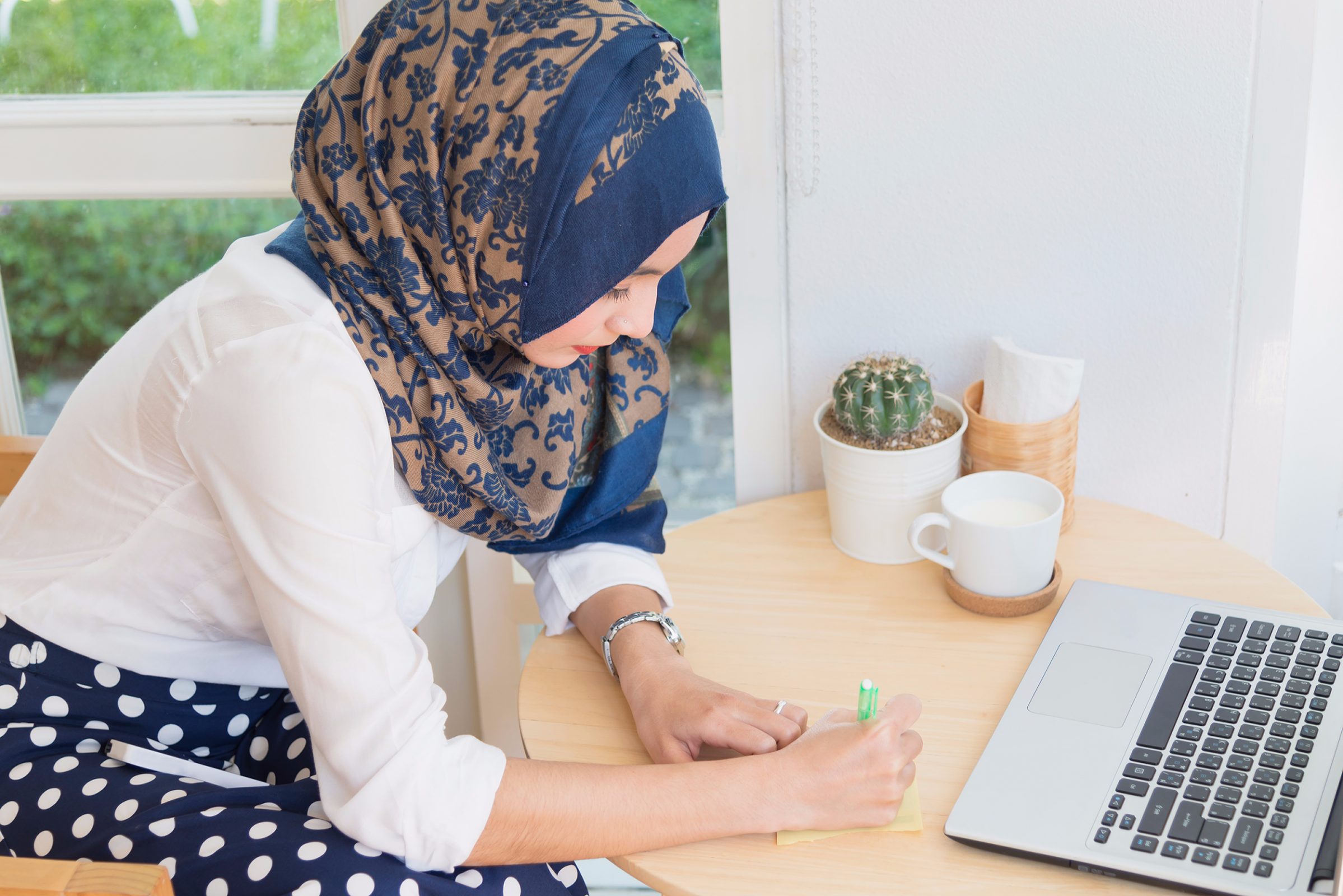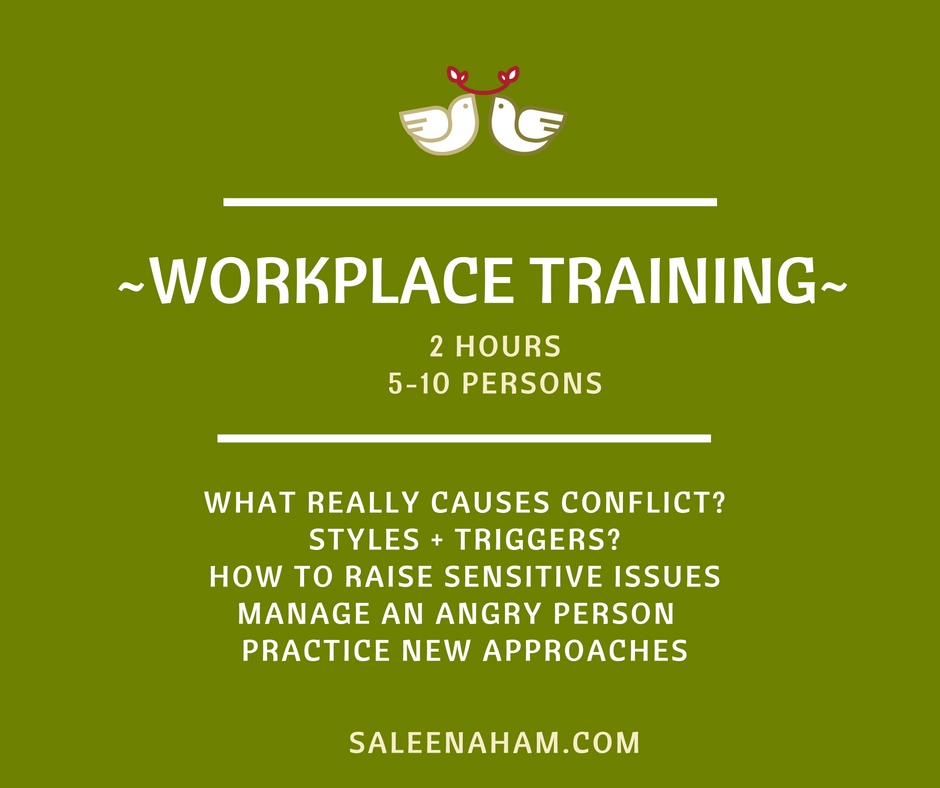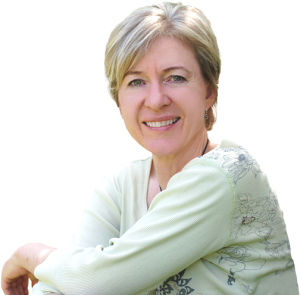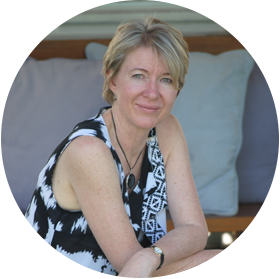Strong opposing views, polarised positions, have become a more visible part of our society. Some people are deeply affected, some angrily offended and others deeply concerned. How do we go about building community when we don’t agree on what that community should look like?
What is held in common, is the fear that our values are changing. Who we are, our national identity, is changing. Maybe not for the better.
A friend of mine told me about a community meeting that was being held to talk about how we could bring together people who have different views, opposite opinions that hurt and offend each other.
I definitely have an interest in this, so I attended.
The issue was around fear of the Islamic faith. Australian citizens, sometimes for a 5th and 6th generation, who are visibly Muslim, are suffering escalating levels of abuse and assault.
There were about 80 or so people at the community gathering which was pretty impressive for a hot Sunday arvo.
We heard from folk introduced at the front of the room. Some words on the psychology of prejudice and scapegoating. We heard about the rising boldness of the bigotry.
The meeting hosts provided data and anecdotes indicating an increase in public abuse and attacks particularly targeting women covering their hair. Not women wearing hats or helmets, but hijabs. Scarves over their hair.
We had short discussion in small groups.
Could more factual information on Islam counter falsely held prejudice; how could we confront behaviours of the violent minority being attributed to the peaceful majority. Muslims are the target of broader fears, springing from larger global issues. Public figures are normalising prejudice, legitimising it.
I went to the meeting because there was a suggestion in the invitation that there would be ‘training’ to go door-knocking, to change people’s mindset, house to house.
The idea that it might be a successful strategy to proselytise for racial tolerance through unsolicited doorstop discussions, worried me. Quite a bit.
If I had someone do that to me at my front door, I would regard it as an intrusion on my privacy. It would seem to me to hold a certain arrogance in seeking to ‘convert’ me.
Implicitly there is potential judgment, motive to move me from my apparently Wrong Place to an Other’s Right Place. This would offend me and I probably wouldn’t hear much after that.
I was reassured fairly quickly when the host, a local Councillor, began the event with his thoughts that the best way to address different opinions with people is to listen, respectfully.
From my experience, the strategy of debate and argument for addressing strongly held difference is not going to work.
It often escalates the problem; personalises it. But we do need to find ways of having quality conversations.
Let’s talk honestly?
Anger and offence spikes when we feel something important to us is at risk. People who are different and unfamiliar in the way they ‘do things’ are visible symbols of many things we fear. In the world, in our nation, in our lives.
We don’t understand how the visible differences tap into a deeper set of stories – violence, war, cultural shifts, political shifts – and see them as frightening, and we don’t recognise the sameness, the shared humanity; it is invisible.
Fear leads to anxiety, anger, outrage. Strong opinions. Action. Justification. Entrenched positions.
Bullying, appearance taunting, incitement to hatred, assault, aggressive behaviours are utterly unacceptable.
They begin with labelling and not just any labels but loaded terms that megaphone disparagement, fears, stories of threat, images of Other.
The message of Labels is this: the problem is Them. Not us.
Muslim women who wear complete face cover (the burqa, the niqab) confront Australian values of identity, freedom and equality and it creates fear amongst many.
Aggressive individuals abusing other Australian (female) citizens for their visible difference, confront Australian values of identity, freedom and equality and it creates fear amongst many.
Australian women who observe their faith with head covering don’t like being labelled Mussie or attacked for their wardrobe choices. It disrespects them.
Australians who hold concerns about the influence of Islam on Australian values don’t like being labelled Bigots, Rednecks, Bogans. It disrespects them.
Abuse bursts out inappropriately when there isn’t another way to deal with the underlying anger. How can we make space to hear these fears in dialogue – we need to be willing to hear each other honestly.
I am frightened by you hiding yourself, why do you do that? What is there to fear? I am frightened by your verbal abuse, why do you do that? What is there to fear?
How to feel safe together
So, yeah – this subject is my bag. This was the reason I came to the community meeting, along with dozens of others.
I believe in the type of collaboration that is not consensus – collaboration that is based on better communication and diverse views.
How can we participate in a positive manner? How can we create and protect a community built on respect, equality, decency and fair-go?
Strong communities do not require unity. Strong communities are not those where we all hold the same views and beliefs and life-styles.
Same-thinking is, frankly, a risk. Group thinking brings delusion. Insularity. We fall into the trap of thinking that because we all agree, we are more or less all the same, we must be correct. Superior, even. This is how racism begins.
Beware the echo chamber of social media that is an amplification of our social lives, mirrors what we believe, hold true, our values, our particular factors of identity.
The way we think the world really is.
This becomes a platform for defending our sameness against attack on what matters. Our cultural purity. It goes both ways. It comes with a story.
We are morally justified protecting what is morally superior. Our faith. Our values. Our culture. Our identity. Our sameness. Our uniqueness.
Both sides have the same script. This story is held both ways.
Let’s reframe. Community is about shared values but not consensus. Not being the same (because we are not actually the same) and not about shared history.
Community is about shared future.
Strong communities do require harmony, where we all in our difference are able to find a place of respect. We recognise that you and I have differences and unique experience and views which do not threaten what we have in common.
And difference is not frightening or symbolic of bigger threats because we also have relationship.
What lies in common, between those who want to include Muslims and those who want to exclude them, are shared fears that future community values are changing.
And perhaps they are.
The things we can as individuals manage best, are our own behaviours, acting positively in our own social circles.
We don’t have to door-knock strangers when we can build respectful relationship with those who come into our lives.
How can we hear opposing views?
If we want connection and inclusion – we must model that. We are responsible for modelling the values that matter to us.
That means living them daily, demonstrating them with some integrity and making space for difference with those with whom we disagree.
Avoid abuse: in person, in conversations about people not present and on-line. Don’t abuse abusers. Stand up against bad behaviour and intolerance. Model courtesy to the victim.
Provide support when we see abuse happening to any other person, by standing with the victim of that behaviour. This models the values we want to have in our community.
Stand beside them, silently if necessary, or talk about the weather. Distract. Talk about the football. Walk them to their car.
The path to respect is inclusion – not labelling and exclusion – whether you are an Aussie woman wearing Muslim headgear or an Aussie man wearing a buzzcut and southern cross tattoos.
Listening deeply is the path to understanding the Other perspectives and more particularly to recognising that there is Some Truth In Everything.
Listening signals willingness to make space for an equal human being on the basis that, for some reason, valid in lived experience and interpretation, strong views are held as truth.
Where are there things to learn and consider from a different perspective? Where can misperceptions be reframed? Where can fear be diminished?
We may not agree with the strong views of another and strong expression of offensive opinion can be hard to manage or even a bit scary.
However, strong antagonistic views represent something going on underneath – they are a symptom of some deeper fear. Something thought to be threatened.
That reason may not be immediately visible, to them or to you. It’s why we must listen.
Something is frightening – what is it? Whether or not those underlying drivers are seen and recognised, they are the source of the aggression.
Symbolically or relatively or in real experience – there is a perception that a basic need, a fundamental value or some precious aspect of identity is at risk and it is triggered by seeing women wearing scarves over their hair.
Anger is just a red flag for deeper concerns, unaddressed.
To hear the rational reason for holding those views we need to make space to understand deeply.
The place to start is listening to how they feel and the reasons for that.
I can see you feel very strongly about this. You are really concerned about what might happen. What has been your experience? What concerns you?
Building relationship through conversation. This is how we build community.
Steps to build connection
At the end of our community meeting there were a number of wonderful observations.
Firstly – to focus on our shared humanity, the things we have in common. Conversation builds relationship.
Building relationship beats fears as fast as anything known. Foster more of it.
When we have a personal connection with someone from a different life experience, it opens our willingness to appreciate that difference.
That’s because we see the sameness. We find it easier to be inclusive. You aren’t frightening afterall.
Secondly, as part of that relationship building – we share stories.
Stories open our capacity for empathy. Stories fascinate us. We hear the experience, the emotion of an Other’s life.
I had a friend of mine attend a social gathering in my backyard with a diverse range of friends. He had arrived some years ago as a refugee to Australia and works now in that field.
When my guests realised he was a refugee, an asylum seeker, they nearly mobbed him with a very high level of interest to hear his story of coming to Australia.
He changed perspectives that day because he was present and willing to share himself. He was heard. People didn’t even realise their opinions had moved.
Thirdly, deep listening is transformative because we recognise what we have in common. Hearing another makes space for the relationship building, for empathy and dissolves fear.
There is a difference between listening for rebuttal, listening for reply and listening for respect. Go for respect.
This does require your active intention. It’s not always easy to do this with a person who holds strong views that offend your values. It does take conscious awareness of your own response and the ability, the choice, the decision – to park it.
If I hear your strong views it does not mean I agree with you.
But it does mean that I open space to understand the truth there is in this for you. I am curious. There is some truth in everything.
I don’t advocate going door to door selling the need for a welcoming and inclusive society. I advocate doing that person to person as the opportunity to listen, to have conversation comes up.
We each have our own social pool where we can be key influencers when we have the curiosity, compassion and courage to listen deeply to another person.
We don’t have to preach. We only have to be present. We don’t have to convert. We only have to converse.
This is the way to begin to create space for the harmony and richness that arises from diverse perspectives and it’s how we build a stronger community, one that recognises and respects everyone.
No labelling and excluding, name calling, mutual abusing. No making up justifying stories. No.
To achieve, protect and pass on values of a peaceful, free and harmonious community, we each must model it.
The way forward is to be inclusive, to make space for honesty and hearing what motivates and drives the emotions and experience of the Other’s view.
Saleena
PS – If you have problems where you can’t agree in your community or workplace, talk to me about how we can build insights, skills and safe places to find solutions.









